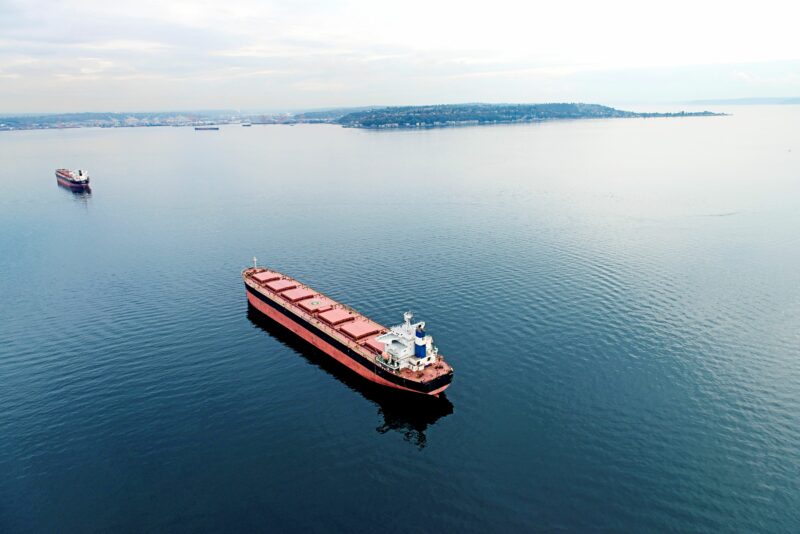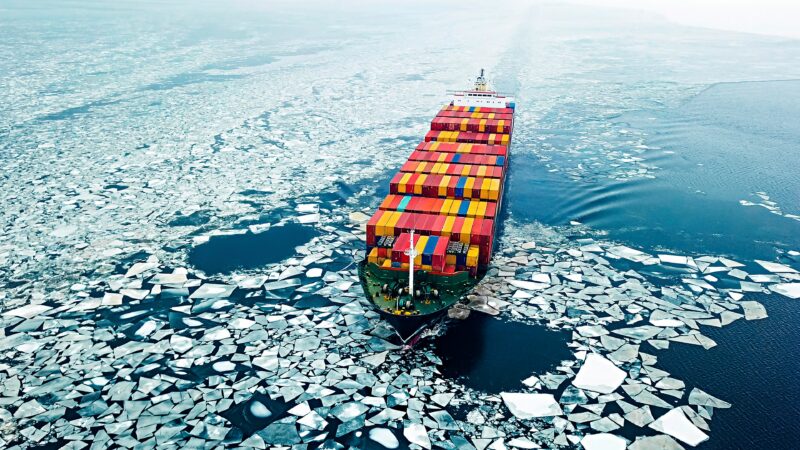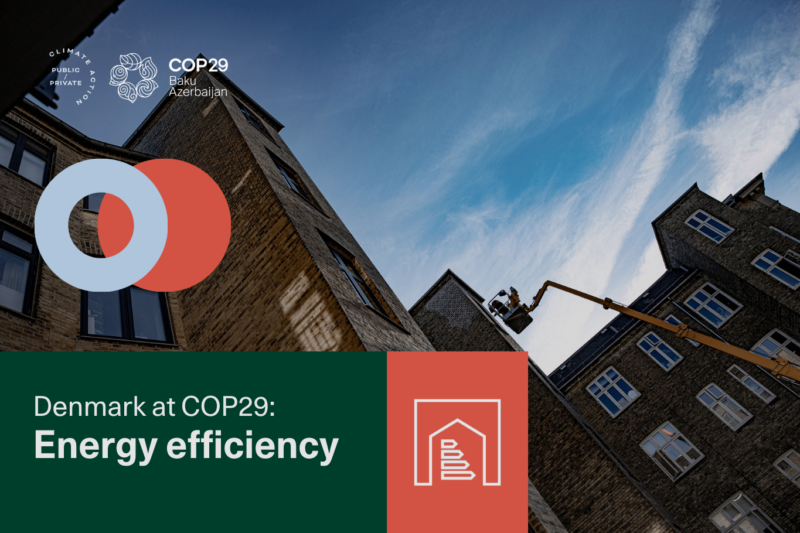News
Energy efficiency in industry
Resource efficient production
No more chemicals – Global corporation tests oil pipes at PowerLabDK
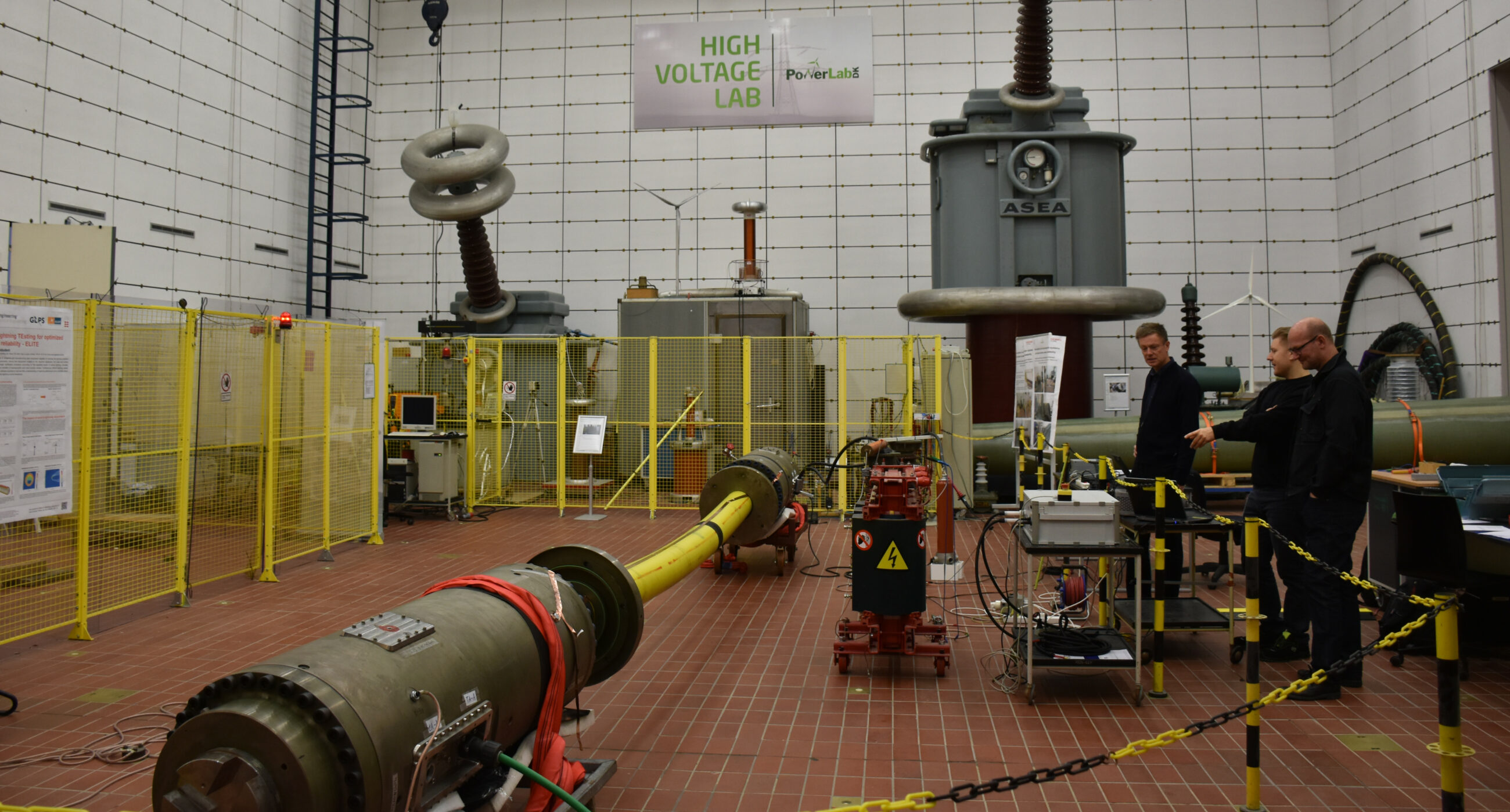
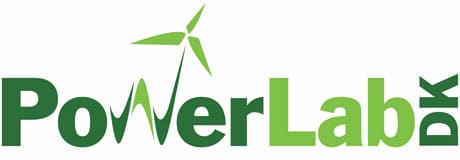
When oil is tapped from the seabed it is approximately about 80-100 degrees Celsius – a high temperature that ensures a good flow in the pipes. On its way to the platform the oil is affected by the surroundings of the pipeline, primarily the seawater temperature, and consequently cooled in transit.
When the oil reaches lower temperatures it becomes sticky and is difficult to pump through the pipes. In worst cases, the oil clumps and blocks the pipeline. Offshore platform operators therefore seek out techniques to avoid clumps and keep the oil in a steady flow.
NOV’s new technique is based on utilizing the structure of the flexible pipe to heat the oil. The inner layer of the pipeline is made of metal and therefore able to work as its own heating unit powered by electric current.
“We are the first in the world to offer this method of heating the pipeline – and we believe it is a simpler and less expensive solution for the operators,” explains Thorsten Holst, Test Engineer from NOV Denmark.
Testing and validation
NOV knows that you do not get far on a great idea alone, and in order to get a production started, you will need confirmation, certainty, and validation of your product. As part of their qualification process, NOV contacted PowerLabDK to assist as a testing platform for the product development of the new end-fittings, redesigned to supply electric charges to the pipeline.
The testing was conducted in the High Voltage Lab at DTU Lyngby Campus, one of PowerLabDK's many experimental facilities.
Experimental testing adds considerable value to the validation of the product as every high voltage design only shows its real reliability when tested correctly. Therefore, PowerLabDK's experimental facilities play an important role for both research and, like in this case, product development, explains Joachim Holbøll, Professor of High Voltage Engineering at Center for Electric Power and Energy at DTU, who has been leading the tests in PowerLabDK.
Already in the summer of 2017, NOV was testing the very pipeline to make sure it could withhold the high voltage electric charges. The pipe proved resistant and in late fall 2017 they started testing the redesigned end-fitting though a two-week procedure in PowerLabDK.
“We are happy to have a platform like PowerLabDK that holds the necessary components and facilities to conduct a high voltage testing of large elements like an underwater pipeline,” says Thorsten Holst as he explains further:
“Through PowerLabDK and their roots in DTU, we have access to the academic and technical expertise of the researchers in the field and we got a valuable network from our time at the platform”.
Through the course of the qualification process, Thorsten has attended a course in high voltage engineering at DTU. This knowledge transfer helped NOV develop this new heating method for underwater pipelines.
Two techniques are generally in play
To keep a high temperature in the pipeline, operators invest in insulated pipes. When the pipeline is lagged and insulated, the oil will hold a high temperature for a longer period of time. This way, operators buy themselves some time, but often it is not enough to maintain the temperature the entire way through transport. Therefore, many operators turn to a different technique that includes the use of chemicals, Thorsten Holst explains.
With this technique, chemicals are injected at the bottom of the sea, where the oil is tapped, from where it circuits the system and keeps the oil flowing through the pipeline. When the oil then reaches the platform it is filled with chemicals, and operators have to separate the two, which is both an expensive and inconvenient task.
A new technique
NOV’s new technique, which is currently under development, is to use electricity to heat the pipeline. The technique is already known from cases of rigid pipes, where you either use the electricity to kick-start the flow (if it has been aggregated on the ocean floor) or to power heating units within the pipeline.
However, it is very expensive for operators to replace several hundred meters of underwater pipeline to include heating units, which is why NOV is developing a new method that allows continuous use of the existing flexible pipeline with just a minor adjustment of new end-fittings.
Thorsten expects to have the method completely validated in the spring of 2018 where they already have their first buyer standing by.
You should consider reading
solutions
Combined heat and power production
+6
CopenHill: The story of the iconic waste-to-energy plant
20 November 2024solutions
Energy efficiency in buildings
+2


